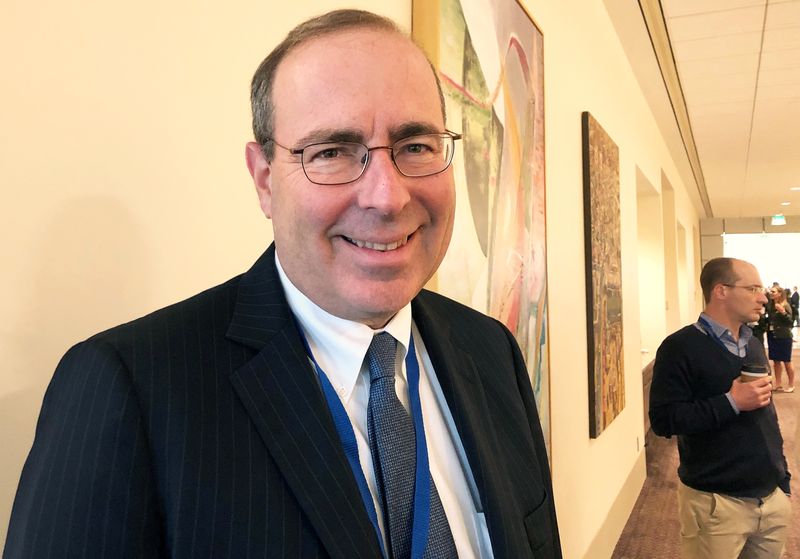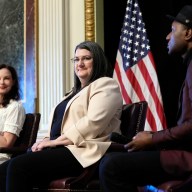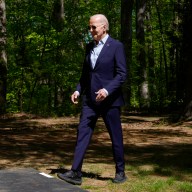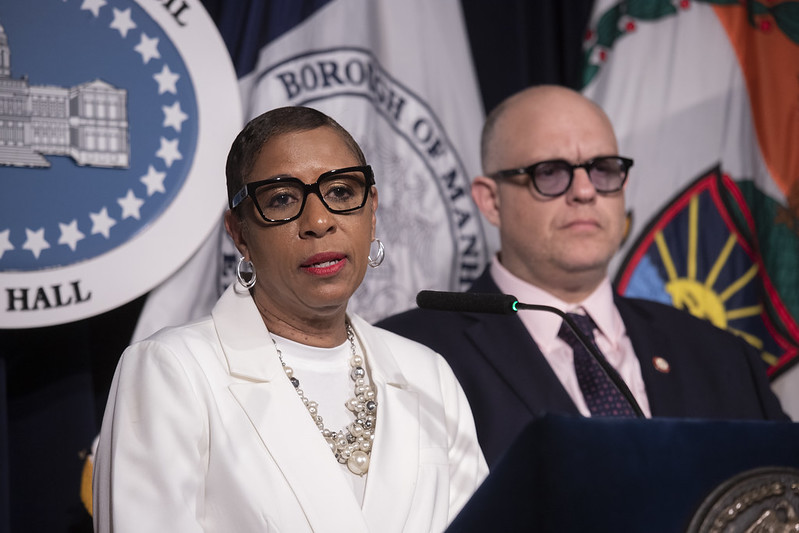(Reuters) – The U.S. Federal Reserve can assess how much more it needs to do to bring inflation back down to its 2% goal when it has raised borrowing costs to a neutral level, Richmond Fed President Thomas Barkin said on Tuesday.
“Once we get in the range of the neutral rate, we can then determine whether inflation remains at a level that requires us to put the brakes on the economy or not,” Barkin said in prepared remarks to a local chamber of commerce in North East, Maryland, adding the central bank could avoid inducing a 1980s-style recession as its tries to drive down inflation.
The central bank last week raised its benchmark overnight lending rate by half a percentage point and has pivoted in recent months to become more aggressive in tightening policy as it seeks to return inflation, which remains at a 40-year high, closer to its goal.
“We will do what we need to do,” Barkin said, noting in his speech Fed Chair Jerome Powell’s recent comments that 50 basis point hikes are on the table for the Fed’s next two policy meetings in June and July.
There are some tentative signs inflation has peaked, which would be welcomed by Fed policymakers as they seek to avoid having to become more aggressive with rate hikes to rebalance the economy.
A U.S. government report on Wednesday is expected to show consumer price inflation slowed slightly in April. That said, the Fed’s preferred measure of inflation is still running more than three times above the central bank’s goal.
But Russia’s invasion of Ukraine, which has driven up food and energy prices, and recent lockdowns in China to tamp down COVID cases remain a great source of uncertainty in assessing how long outsized inflation pressures will remain.
(Reporting by Lindsay Dunsmuir; Editing by Chizu Nomiyama)



















